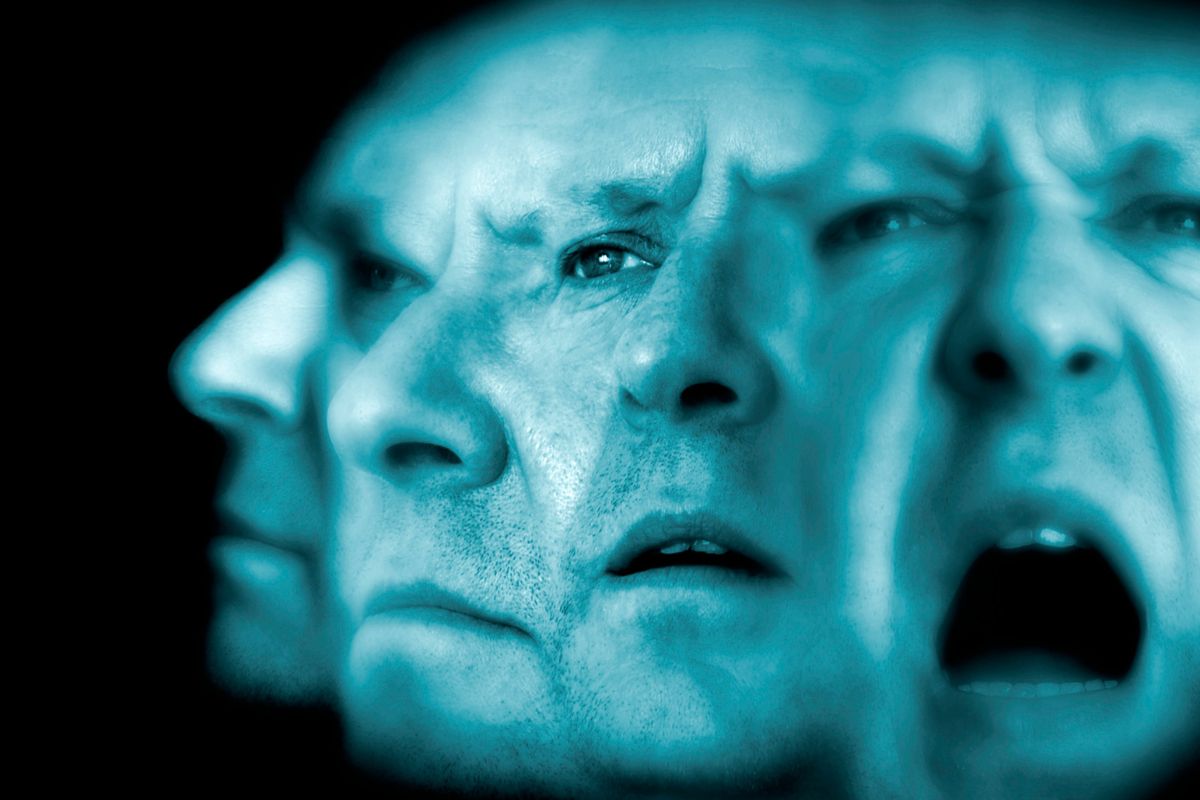Catatonic Schizophrenia
Schizophrenia is a severe mental condition that includes symptoms such as catatonia. You are unable to distinguish between what is real and what isn’t when you have schizophrenia, which is referred to as psychosis.
Extreme movements are affected by catatonic schizophrenia. You might remain motionless and silent. Or you might unintentionally become hyperactive. The term “schizophrenia with catatonia” or “schizophrenia with catatonia” is now used to describe this illness.
Causes Of Catatonic Schizophrenia
We are unsure of what causes catatonia specifically. Researchers have discovered that individuals who have these symptoms exhibit atypical activity in the brain’s forebrain and hypothalamus, two regions that control how the body moves.
Typically, the condition develops in your late teens or early 20s. It is a chronic illness. However, the appropriate care will lessen your symptoms.
You are more likely to get schizophrenia if someone in your family has the illness. Alcohol and drug use can also make some persons with schizophrenia experience catatonic symptoms. The same is true for some antipsychotic meds and other medicines you might use to treat a mental condition that is underlying.
Also Read:
Symptoms Of Catatonic Schizophrenia
Catatonia can manifest in numerous ways. Not moving regularly even though you are physically capable is a key indicator.
Typical signs include:
- Goggling
- No movement
- No speaking
- Hesitant response
- Tapping of the foot or other repetitive motions
- Repeatedly mimicking someone’s actions or speech

Catatonic Schizophrenia Diagnosis
Schizophrenia with catatonia is no longer a distinct diagnosis. Not only can schizophrenia cause catatonic symptoms, but also mood disorders, autism, and other illnesses. But it typically manifests in schizophrenia.
If you exhibit at least three of these 12 characteristics, your doctor might diagnose you with catatonia or catatonic schizophrenia:
- You’re motionless or barely react to what is going on around you
- Make peculiar motions or gestures
- Allowing someone to passively place your limbs or other body parts
- Ignore requests or instructions
- You’re agitated or overactive without cause
- For extended periods of time, raise your leg or maintain other uncomfortable positions
- Keep yourself stuck in an uncomfortable position for a while and resist attempts to move you
- Mimicking another person’s movements
- Mimicking another person’s speech
- Stupid motions like rocking, shrugging, and waving should be repeated
- Make a grimace using your face
- Keep quiet
Catatonic Schizophrenia Treatment
The symptoms of catatonia can often be significantly reduced by medications. They are the first line of defense against catatonia. In particular, ECT and a class of anti-anxiety medications known as “benzos” are regarded as the first-line treatments for catatonic symptoms. Your physician might advise:
Lorazepam (Ativan, Lorazepam, Intensol), an anti-anxiety medication, and Alprazolam (Xanax), a medication for epilepsy and anxiety
Benzodiazepines can be used orally or intravenously. If additional medications, such as lithium or memantine, are appropriate for you, your doctor may also recommend them.
Brain exercise: Either magnetic pulses or electrical currents are used in this procedure.
Electroshock treatment (ECT) This can cut your symptoms in half or perhaps completely eliminate them. If the medication hasn’t worked, your doctor may advise it. Short electric current bursts used in ECT pass via a cap on your head and into your brain. You can get disorientation and short-term memory loss after the treatment.
Transcranial magnetic stimulation (TMS) A gadget that you wear on your head emits a magnetic pulse to stimulate the brain’s nerve cells. TMS has a higher ability than ECT to target particular parts of your brain. It also results in fewer issues with thinking and memory. TMS is newer than ECT, though, and its efficacy has not yet been fully established.

